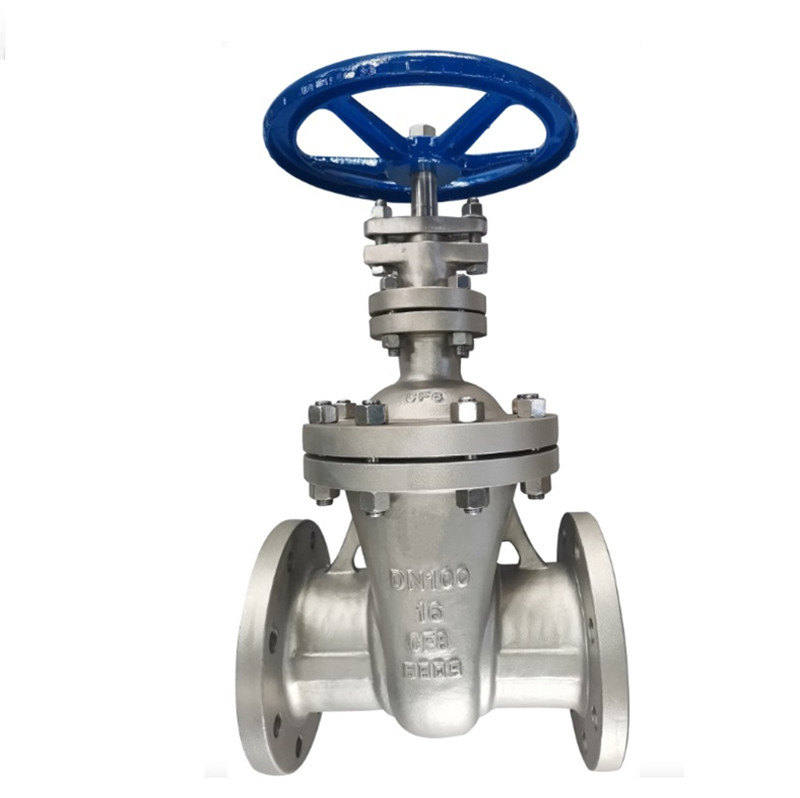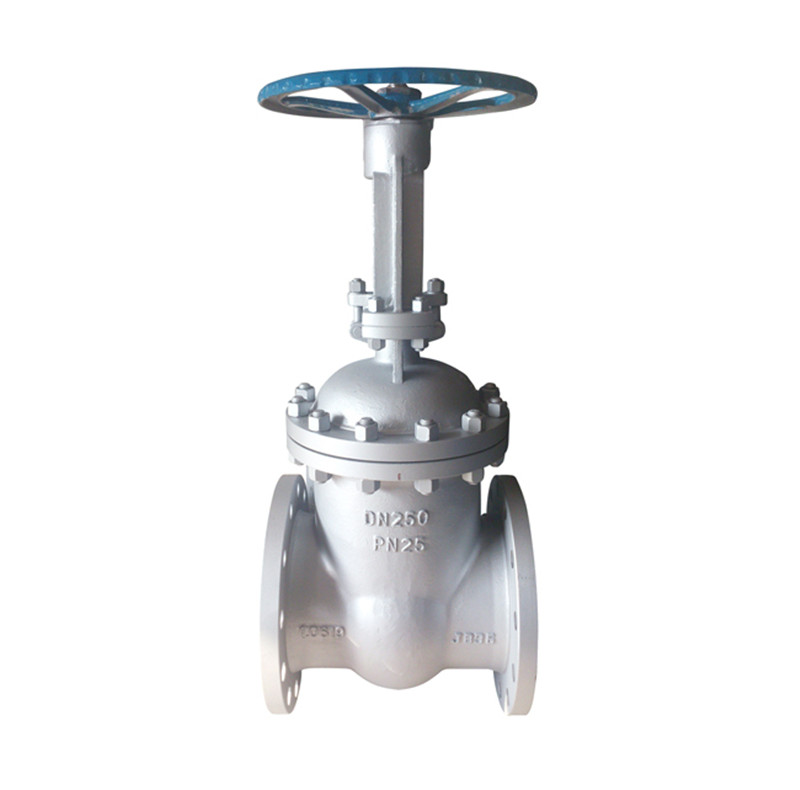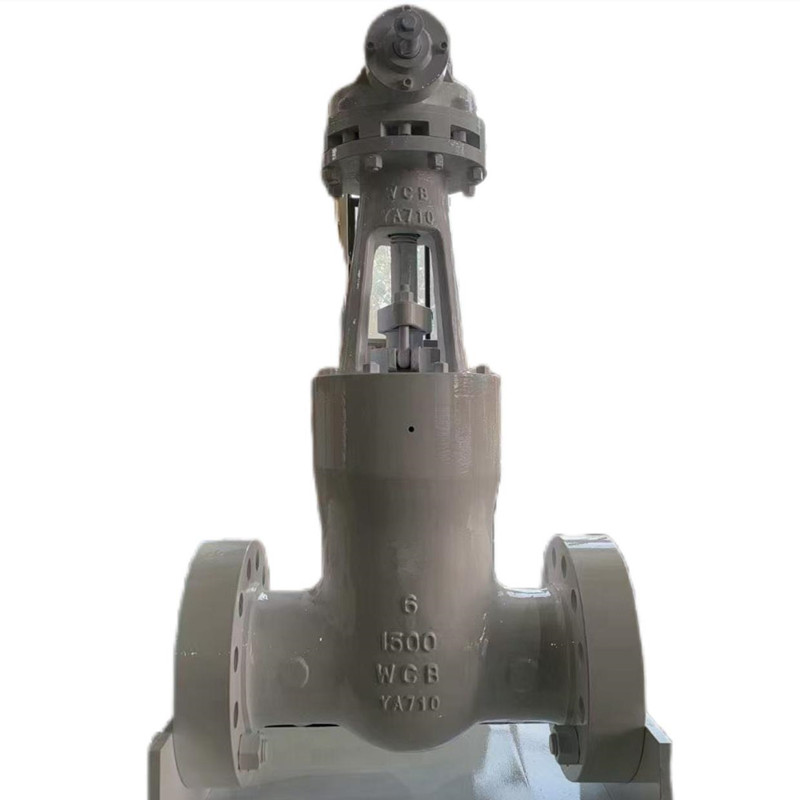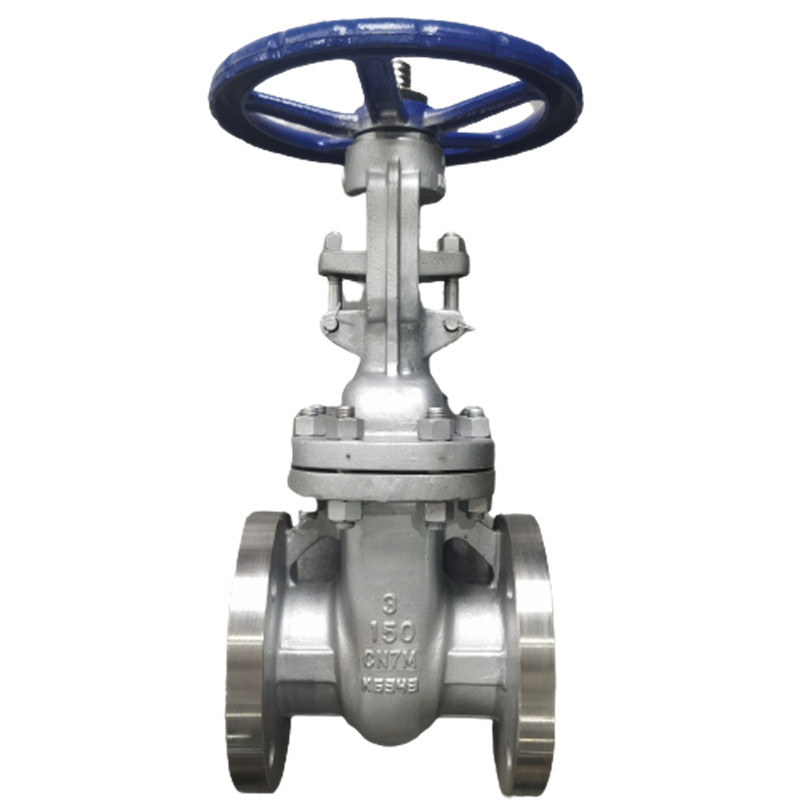Products
DIN3352 Non-Rising Gate Valve,DN100,PN16,304
Advantages of non rising stem gate valve
Full bore design
Self-cleaning & low-pressure loss
Rolled stem ensures smooth thread edges and double thread
Low operating torque
Industries of non rising gate valves:
Design Standard: EN 10434/DIN3352
Size Range: DN to DN1200
Pressure Range: PN 10 to PN160
End Connections: Flanged RF, RTJ, Butt Weld
Flanged End Dimensions: EN 1092-1
Face to Face Dimensions: EN 558-1
Inspection and Testing: EN 12266-1
Body Materials: ASTM A351 CF8, ASTM A351 CF8M, ASTM A351 CF3M, ASTM A351 CF8C
CN3MN, CK3MCUN, CN7M, ASTM A890 4A(CD3MN), ASTM A890 5A(CE3MN)
A non-rising stem gate valve is a type of gate valve where the stem does not move up and down with the gate as it opens and closes. Instead, the gate moves in a parallel direction to the axis of the valve stem. This design allows for a lower installation height and reduces the amount of space required for operation. Non-rising stem gate valves are commonly used in buried or underground pipeline systems, as they are less susceptible to damage from ground movement.
The working of a non-rising stem gate valve is relatively simple. The valve consists of a gate, which is a flat plate that moves in a parallel direction to the axis of the valve stem, and a non-rising stem, which is connected to the gate and remains in a fixed position as the gate opens and closes. When the valve is fully open, the gate is positioned parallel to the flow of fluid, allowing for unobstructed flow. To close the valve, the operator simply turns the handwheel in the opposite direction, causing the threaded connection to move the gate back into a perpendicular position and stopping the flow of fluid.
The non-rising stem design allows for a lower installation height and reduces the amount of space required for operation, making it a popular choice for buried or underground pipeline systems.







